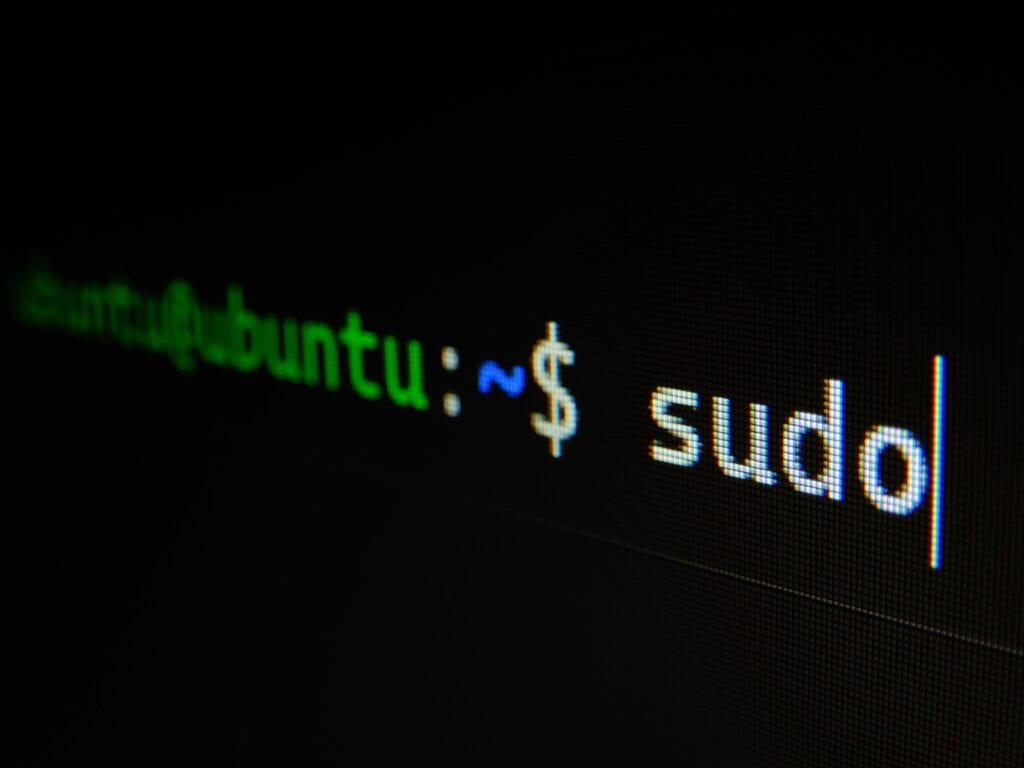Using the Linux command line is important for navigating and controlling a Linux system. Instead of using a graphical interface, users interact with the terminal using various commands. These commands help with tasks such as managing files and directories, as well as monitoring and controlling system resources and running processes.
Learning basic Linux commands is essential for beginners to get comfortable with the operating system. Understanding file operations is key for tasks such as creating, removing, copying, and moving files and directories. Mastering system and process-related commands helps users effectively manage system resources and running processes. Knowing how to use command syntax and options is crucial for making the most of Linux commands to solve problems and optimize system performance.
Essential Commands for Navigating Linux
Even if you’re new to Linux, you’ll need a set of basic commands to move around. It’s like learning the alphabet of the operating system. Let’s break down the most important ones:
Listing Files and Directories
- ls: This is your go-to for seeing what’s inside a directory. Use it by itself for a basic list, or add options like “-l” for detailed information or “-a” to show hidden files.
Changing Your Location
- cd: Time to change directories! Use “cd [directory_name]” to move around. Some shortcuts: “cd ..” goes up one level, and “cd ~” takes you to your home directory.
- pwd: This one tells you exactly where you are. It stands for “print working directory.”
Creating and Deleting
- mkdir: Make a new directory (folder) with “mkdir [directory_name].”
- rmdir: Delete an empty directory with “rmdir [directory_name].”
- touch: Create an empty file with “touch [filename].”
- rm: Use “rm [filename]” to delete a file. Be careful, it’s permanent! For directories, use “rm -r [directory_name].”
Copying and Moving Files
- cp: Copy files with “cp [source_file] [destination_file].” Add “-r” to copy directories.
- mv: Move or rename files or directories using “mv [source] [destination].”
Understanding File Content
- cat: One of the simplest ways to view the contents of a file. Use “cat [filename].”
- less: Great for larger files you need to scroll through. Use “less [filename].”
Table of Essential Commands
| Command | Description | Example |
|---|---|---|
| ls | Lists files and directories | ls -al |
| cd | Changes the current directory | cd Documents |
| pwd | Prints the current working directory | pwd |
| mkdir | Creates a new directory | mkdir project_folder |
| rmdir | Removes an empty directory | rmdir old_files |
| touch | Creates a new empty file | touch notes.txt |
| rm | Deletes files or directories | rm old_document.pdf |
| cp | Copies files or directories | cp report.txt /home/backup |
| mv | Moves or renames files or directories | mv presentation.ppt /home/work |
| cat | Displays file contents | cat instructions.txt |
| less | Views file contents with scrolling | less long_report.txt |
Key Takeaways
- Linux commands are key for performing tasks in the terminal.
- Basic commands facilitate file and directory operations.
- Advanced commands manage system processes and resources.
Essential File and Directory Operations
Linux provides a variety of commands for efficient file and directory management. Mastering these operations is crucial for anyone working in a Linux environment. This section offers guidance on fundamental and advanced techniques.
File Management
In Linux, files are the cornerstone of data management. Creating a file is as simple as using the touch command. For example, to create a new file named example.txt, one would enter touch example.txt. To copy files, the cp command is employed. To replicate example.txt to a file called example_copy.txt, the command cp example.txt example_copy.txt would be executed. Similarly, moving or renaming files is done with the mv command. To rename example.txt to new_example.txt, one would issue the command mv example.txt new_example.txt. Deleting a file is irreversible and accomplished with rm. To delete new_example.txt, you must use rm new_example.txt.
Directory Navigation and Viewing
Linux refers to folders as directories. Use cd to navigate to a different directory. If you wish to move into the Documents directory, enter cd Documents. The pwd command echoes the current directory path. To view the contents within a directory, apply the ls command. Enhance output detail with ls -l for a long listing format showing permissions, number of links, owner, group, size, and timestamp of the last modification for each file.
Advanced File Processing
Altering file permissions is essential for securing files. The chmod command changes these permissions. To give the owner of example.txt read, write, and execute permissions, type chmod u+rwx example.txt. Adjusting ownership of files and directories is done with chown for the owner and chgrp for the group. For instance, to change the owner of example.txt to user john, you would run chown john example.txt.
File and Directory Search
Finding files and directories in Linux can be tricky, but find and locate simplify the task. To find all .txt files in the current directory, one could use find . -name "*.txt". The locate command works in a broader scope and relies on a database that is regularly updated with system files. To find a file named example.txt, type locate example.txt.
File Editing and Viewing Utilities
Linux offers a variety of text editors for file editing. For straightforward editing, one might opt for nano or vi. The cat command displays file contents, while more and less provide a paginated viewing method. For viewing the beginnings or ends of files, head and tail are the right tools. To open a file called notes.txt in nano, simply enter nano notes.txt.
This section provides the basic commands and techniques required to effectively manage files and directories in Linux. With practice, these commands become second nature, contributing greatly to one’s proficiency in Linux.
System and Process Management
Managing a Linux system requires a solid grasp of various commands that control system operations, monitor processes, and configure user privileges. This knowledge ensures effective and secure system use.
System Operations
Linux system operations involve managing the state of the system with commands like shutdown and reboot. To power off the system safely, one can use sudo shutdown -h now. Rebooting is similarly straightforward with sudo reboot.
Process Monitoring and Control
To monitor active processes, ps, top, and htop are commonly used. ps displays current processes, while top shows a real-time view:
ps aux: Shows all running processes.top: Displays an interactive view of process activity.
For process control, kill allows for the termination of processes. For instance, kill 12345 sends a signal to stop the process with ID 12345. For more stubborn processes, kill -9 12345 forces termination.
User and Group Management
To manage users, useradd creates a new user, usermod modifies an existing one, and passwd changes passwords. For example:
sudo useradd johnsudo passwd john
Group management involves groups for viewing a user’s groups and usermod for changing group memberships.
Networking and Connectivity
Networking commands like ip and ping help manage network interfaces and connectivity. ip shows network interface statuses, while ping checks connectivity to another host. ssh and scp are crucial for secure remote access and file transfers, respectively.
System Information and Management
Commands such as df and du help with disk usage:
df -h: Shows human-readable disk space usage.du -sh: Displays the size of a directory.
free shows memory usage, while uname -a offers information about the kernel and operating system. To view the system’s uptime, uptime comes into play, offering insight into how long the system has been running.
By understanding and utilizing these commands, users can maintain their Linux systems with confidence and precision.
Frequently Asked Questions
This section provides answers to common questions about Linux commands. It’s a resource for beginners looking to understand the basics, and for those seeking quick access to command reference materials.
What is the method for listing all available Linux commands?
To see all Linux commands, you can open the terminal and press the tab key twice. This action prompts a list of commands that you can run in the shell.
How can one access a comprehensive cheat sheet for Linux commands?
Cheat sheets for Linux commands are available online. Websites like GeeksforGeeks offer cheat sheets, which serve as quick reference guides.
What are some essential Linux commands that beginners should learn?
Beginners should start with ‘ls’ to list directory contents, ‘cd’ to change directories, ‘mkdir’ to make new directories, ‘rm’ to remove files and ‘man’ to read command manuals.
In what ways can one effectively learn and memorize Linux commands?
To learn and remember Linux commands, practice regularly in the terminal. Also, use flashcards and try writing scripts to automate simple tasks.
How can I practice Linux commands in a simulated environment?
You can use online platforms like Codecademy or Linux Journey. They offer interactive Linux command exercises and simulations.
Where can I find a detailed PDF guide for Linux command usage?
PDF guides for Linux commands can often be found on educational websites and Linux-focused forums. Some publishers also provide free guides in PDF format for easier reference.






